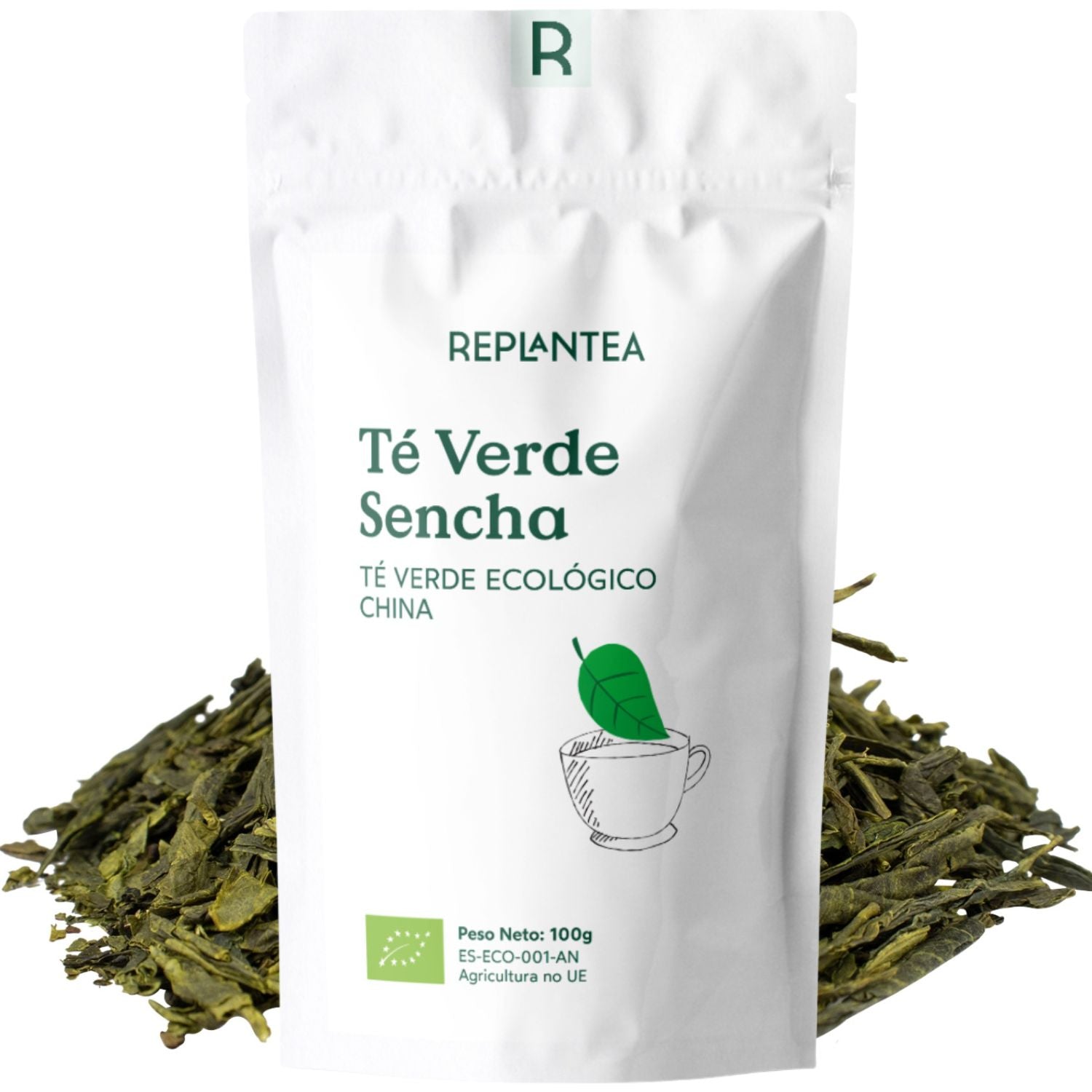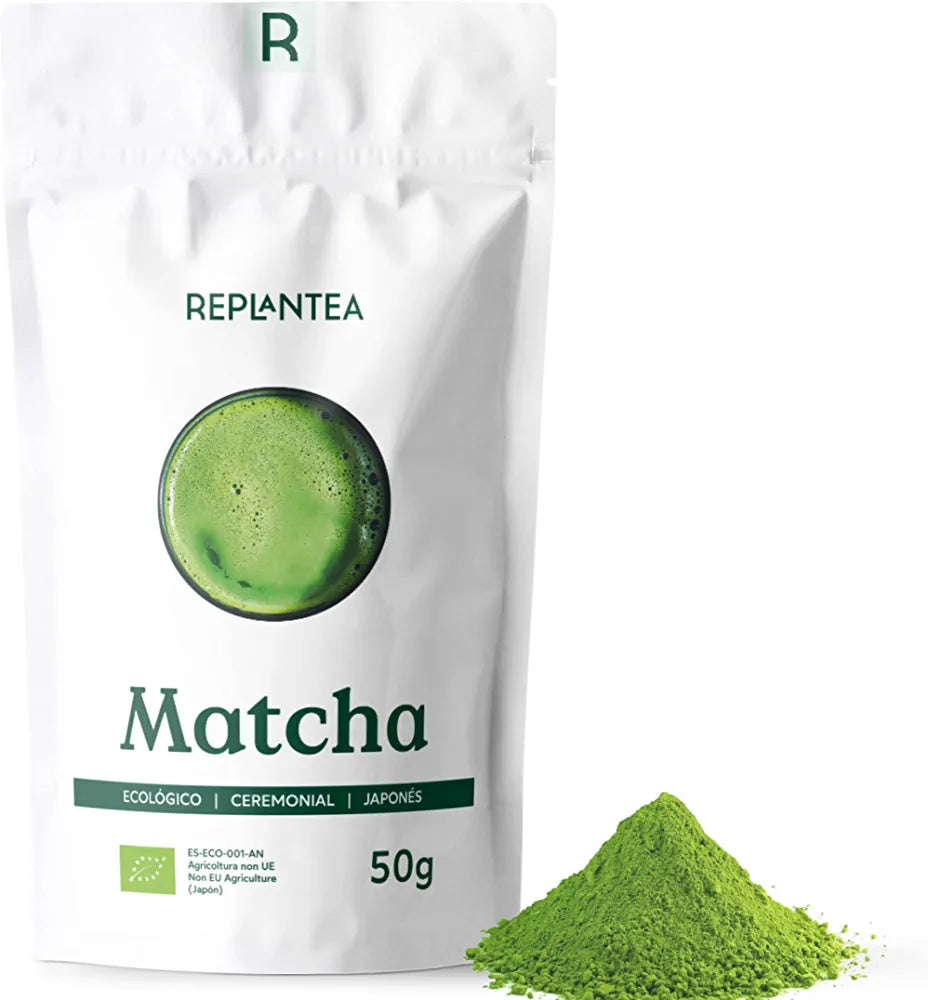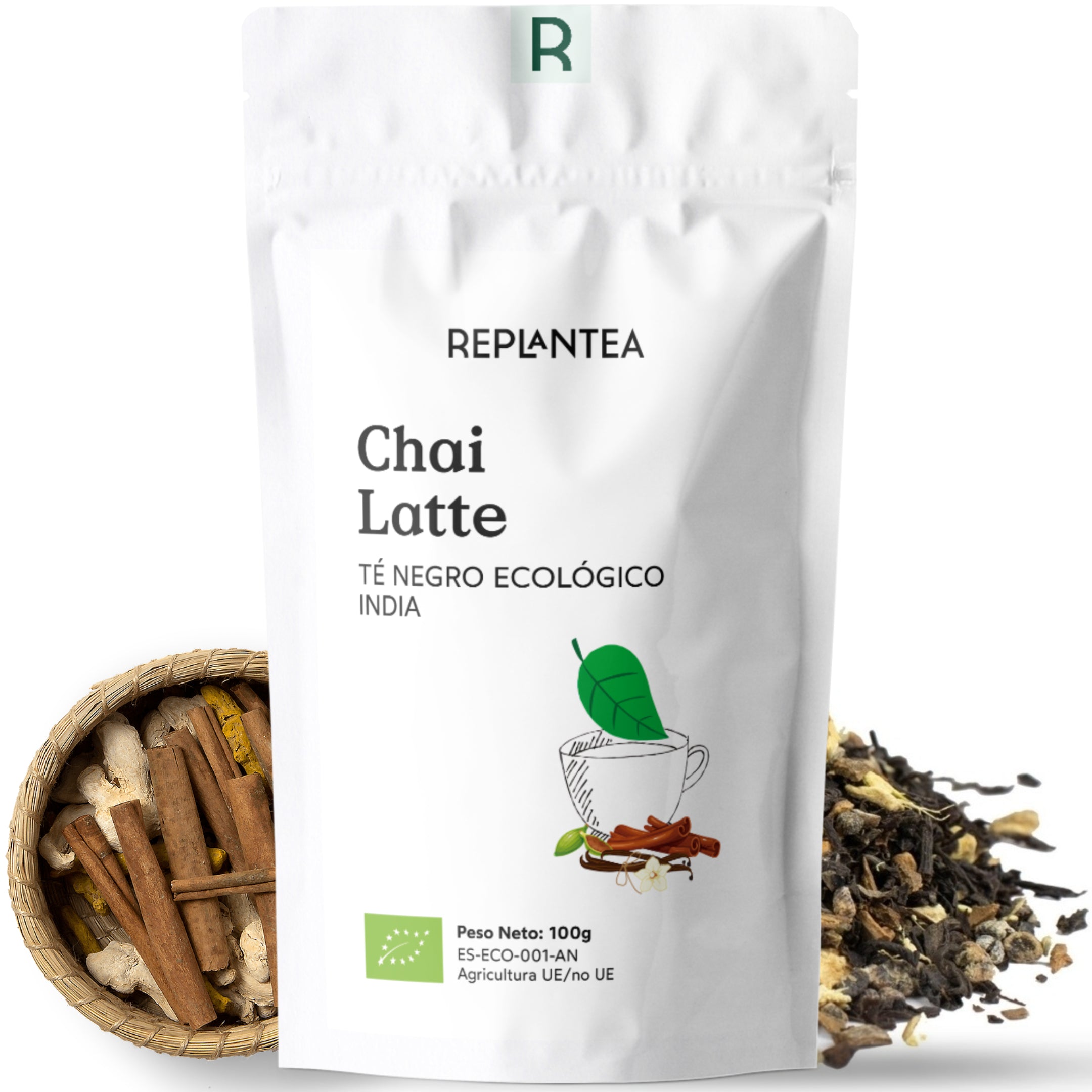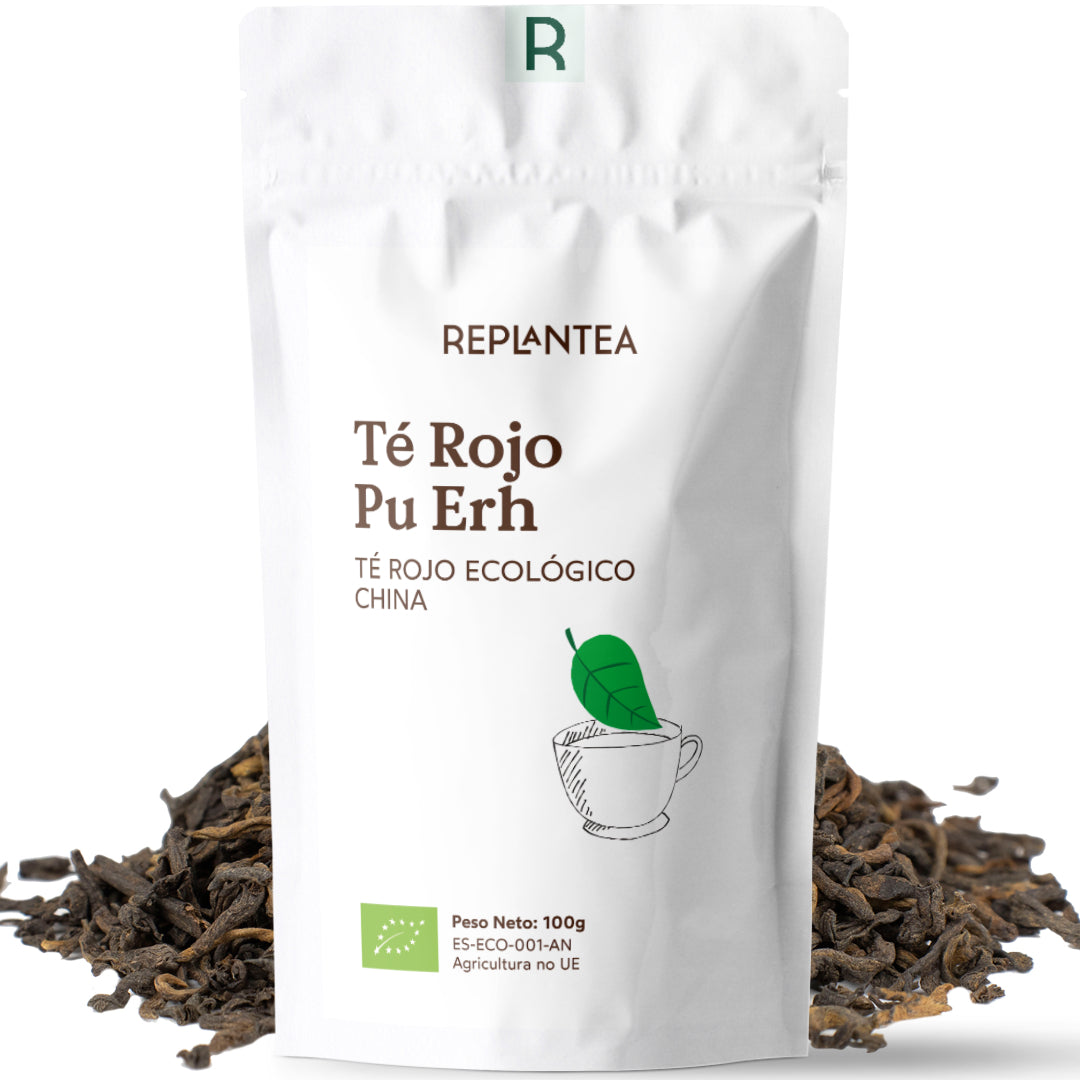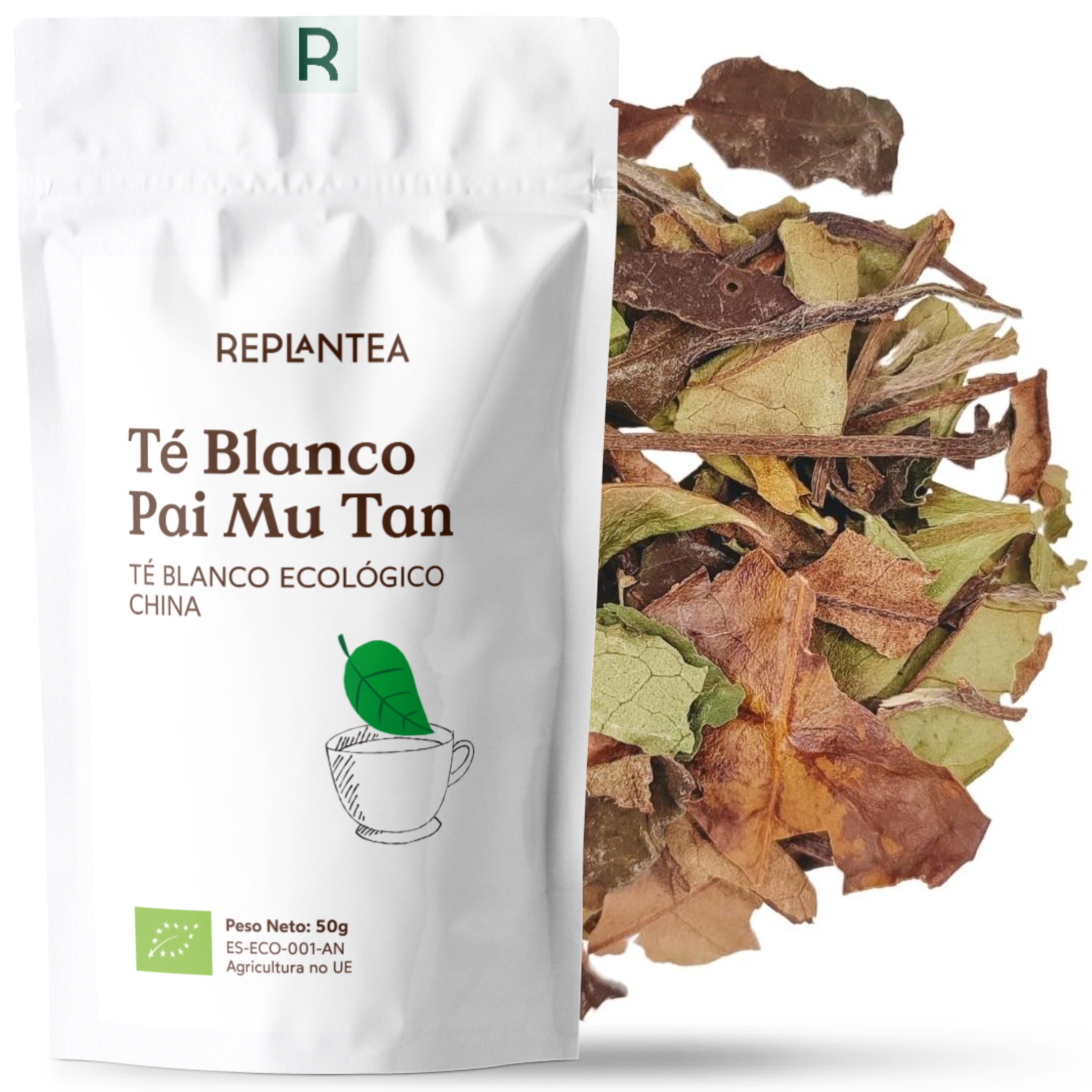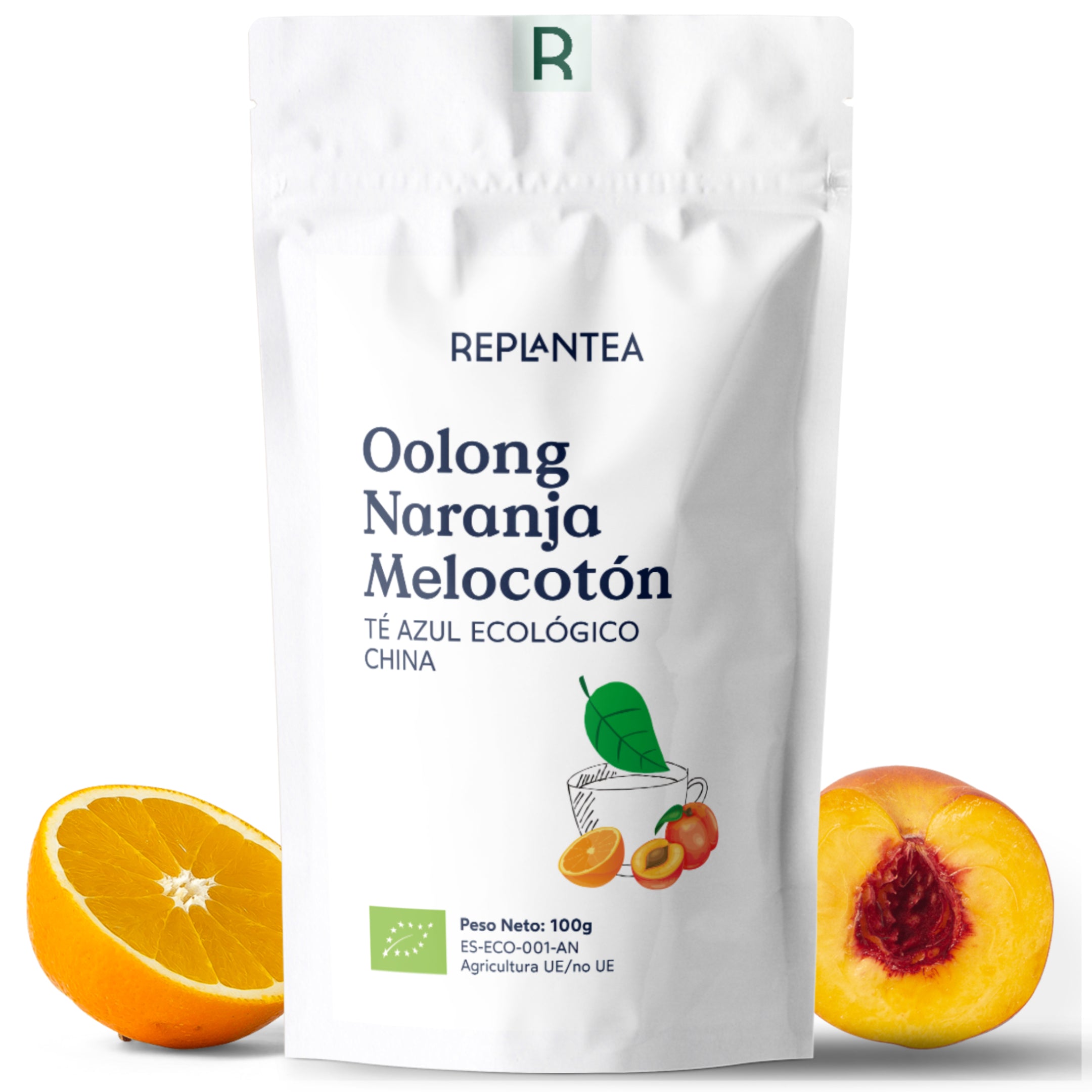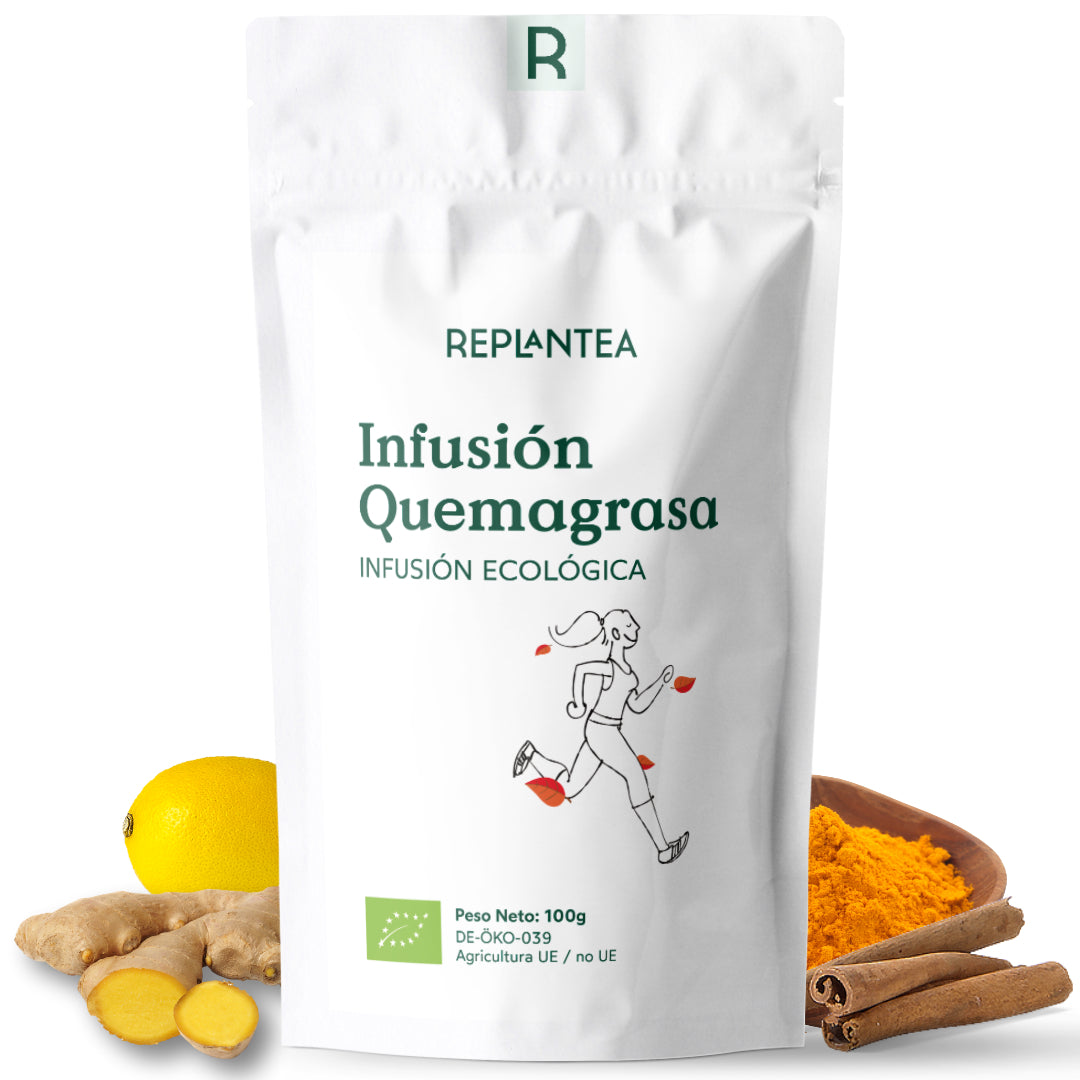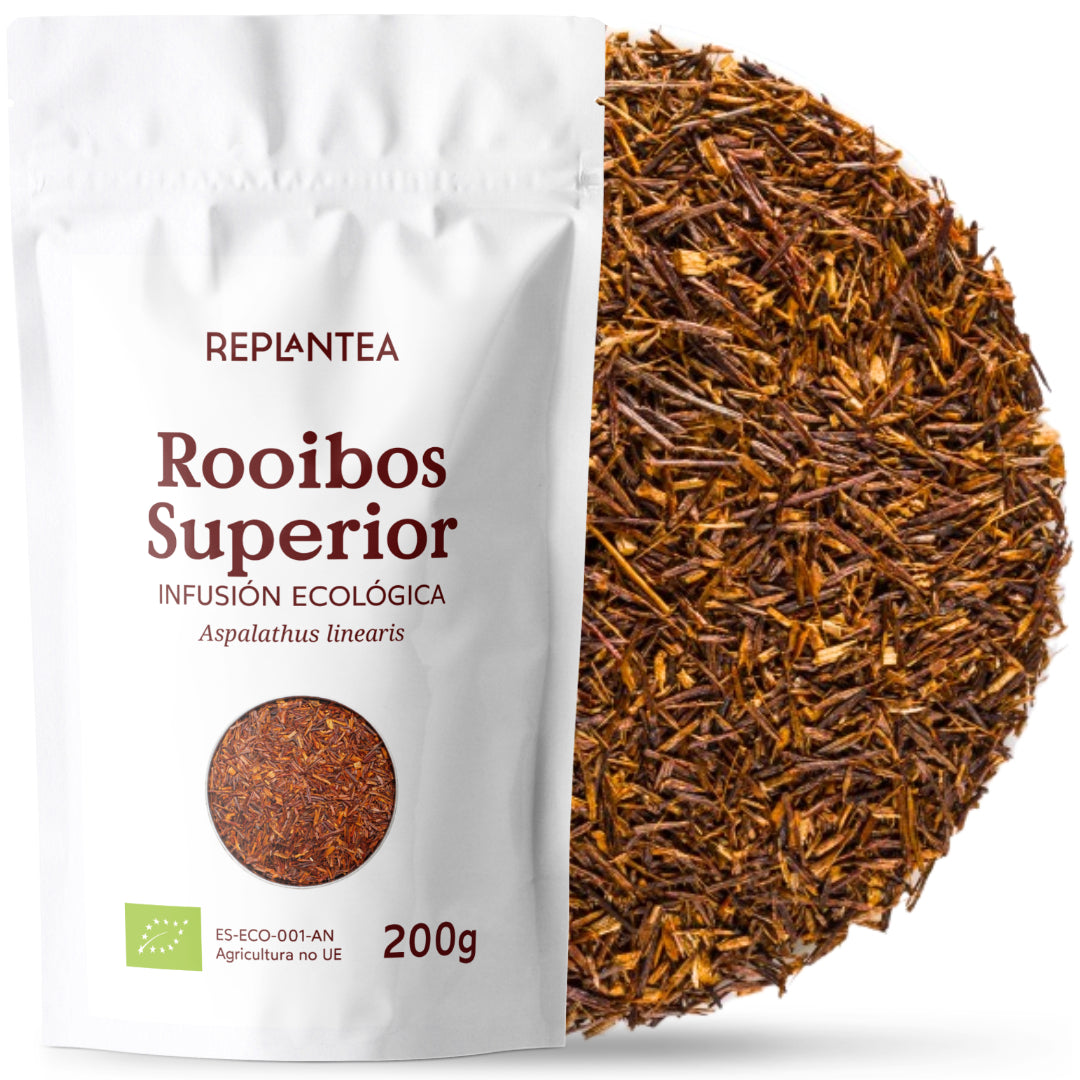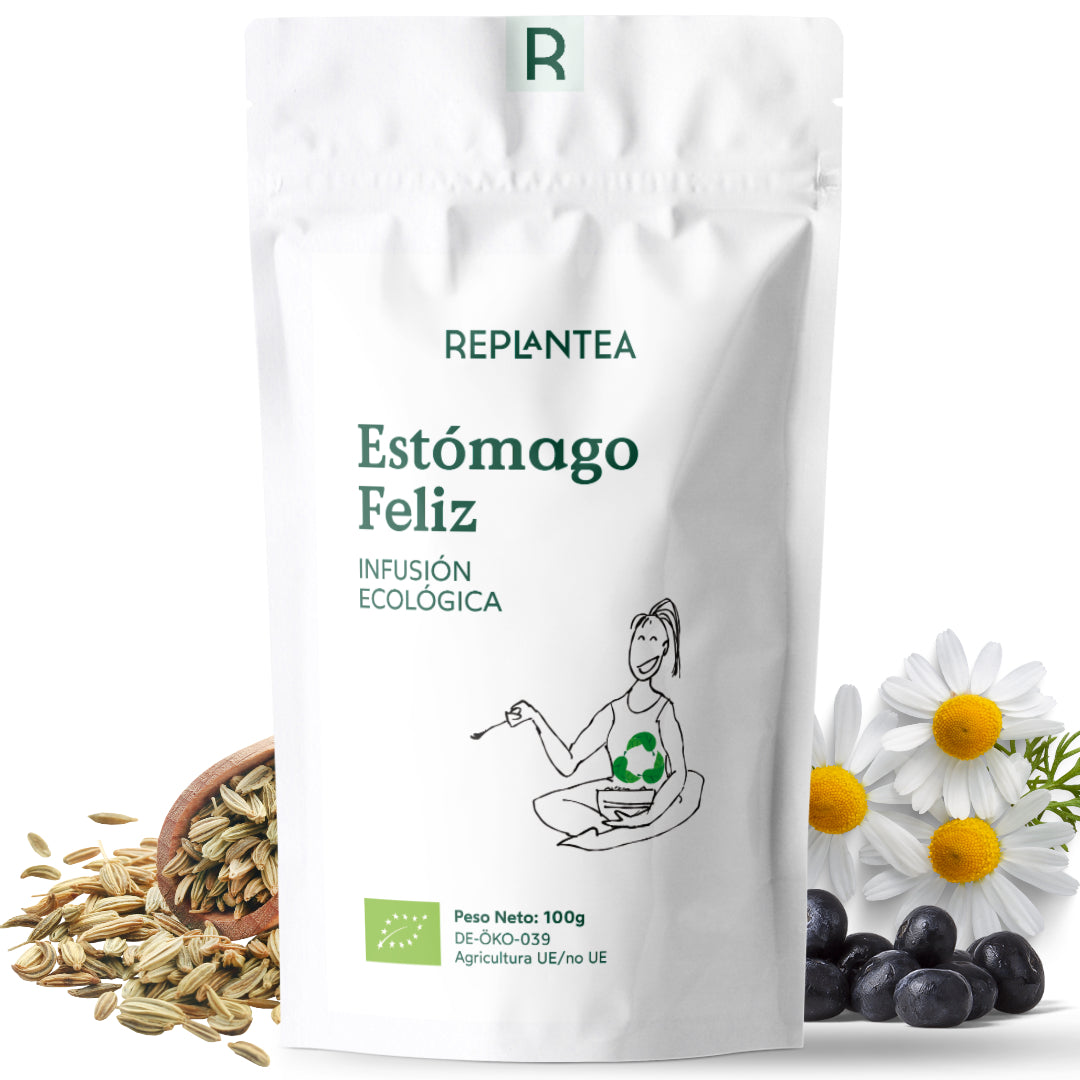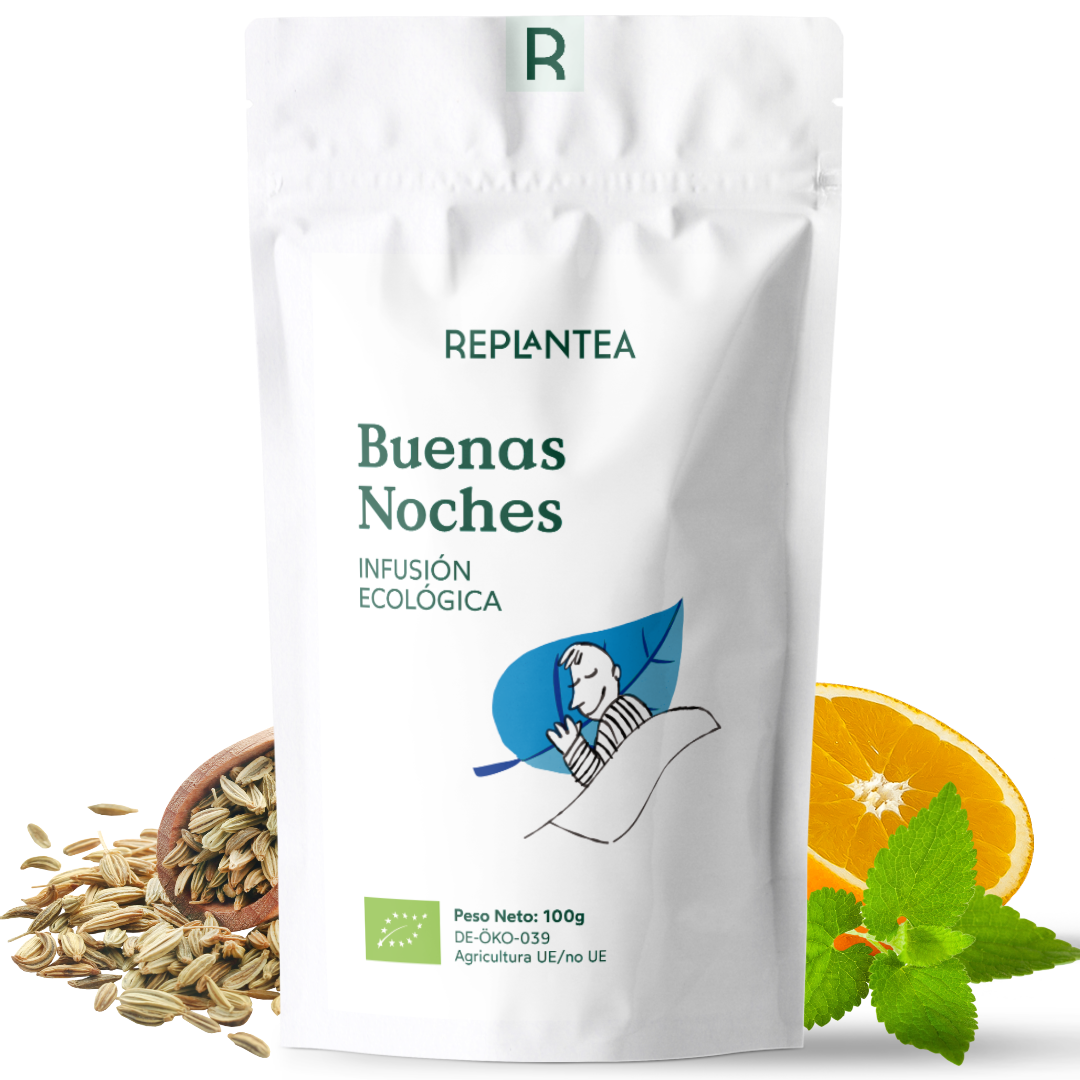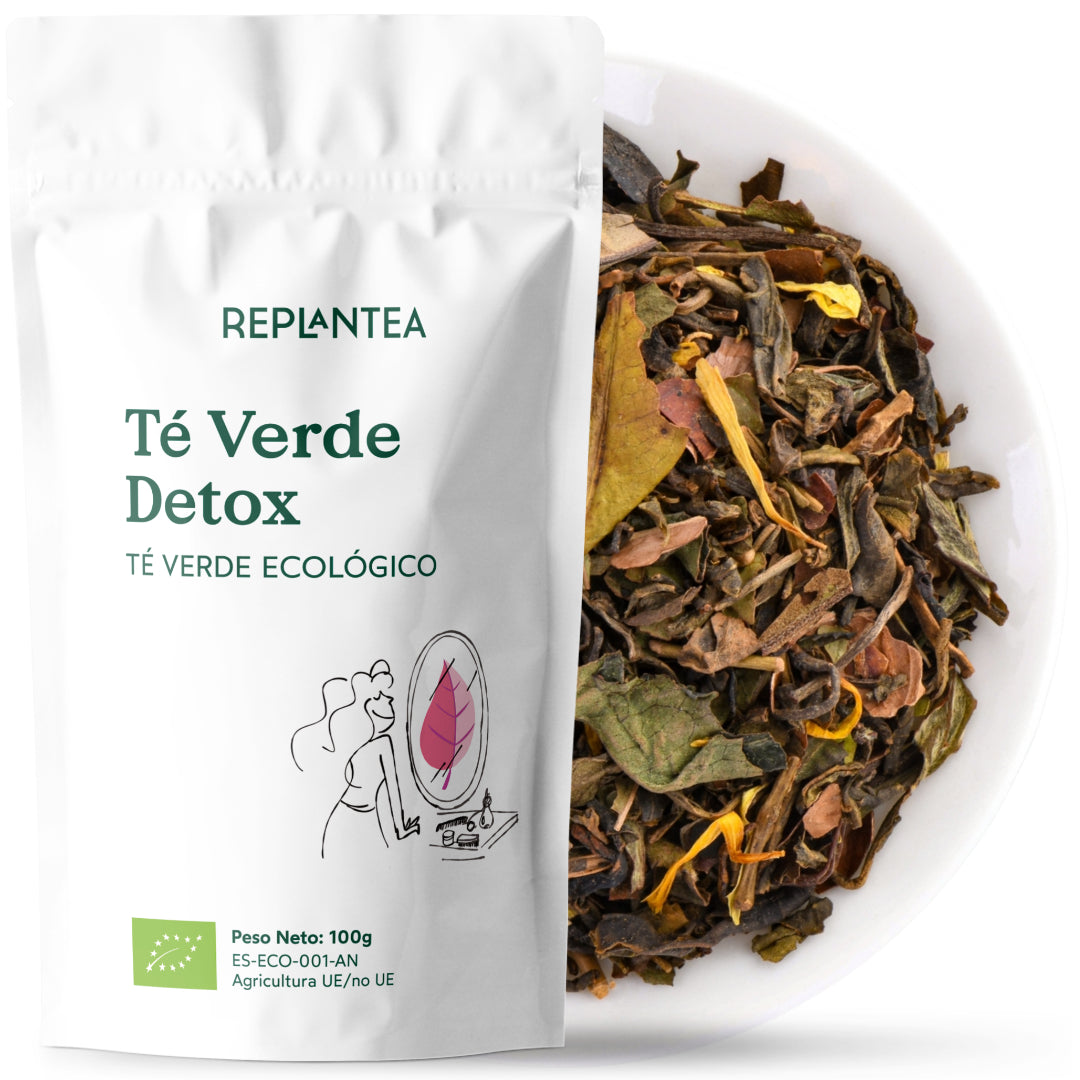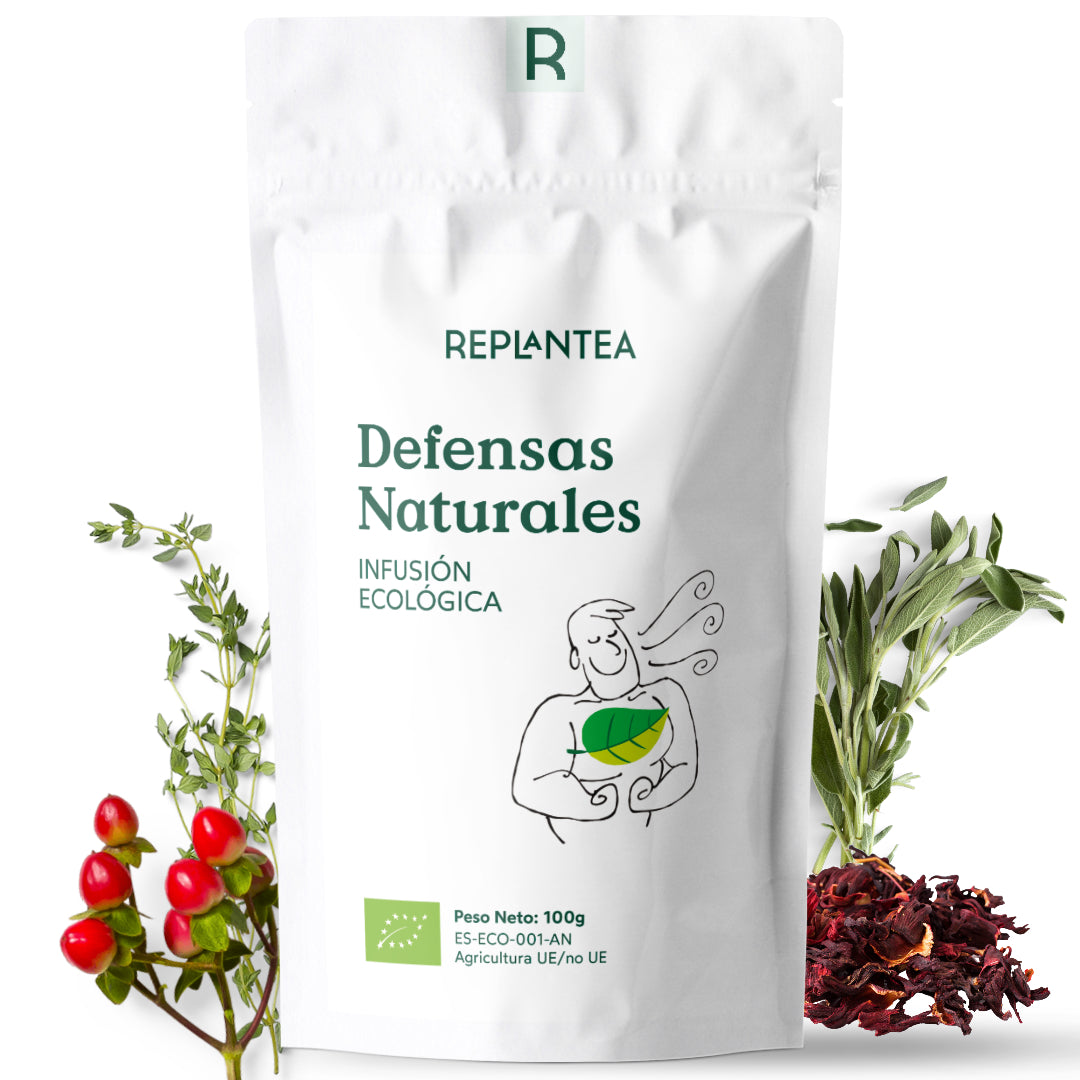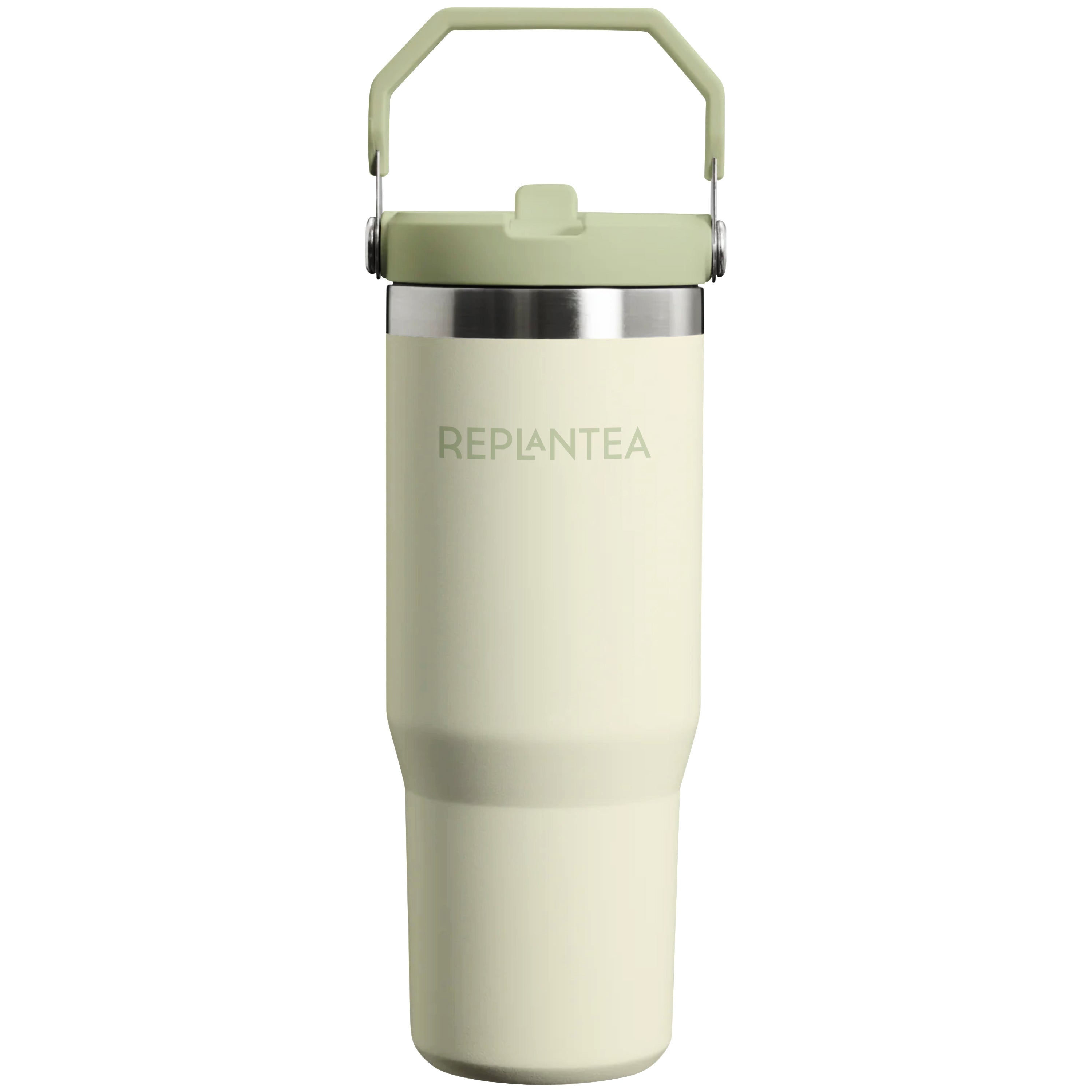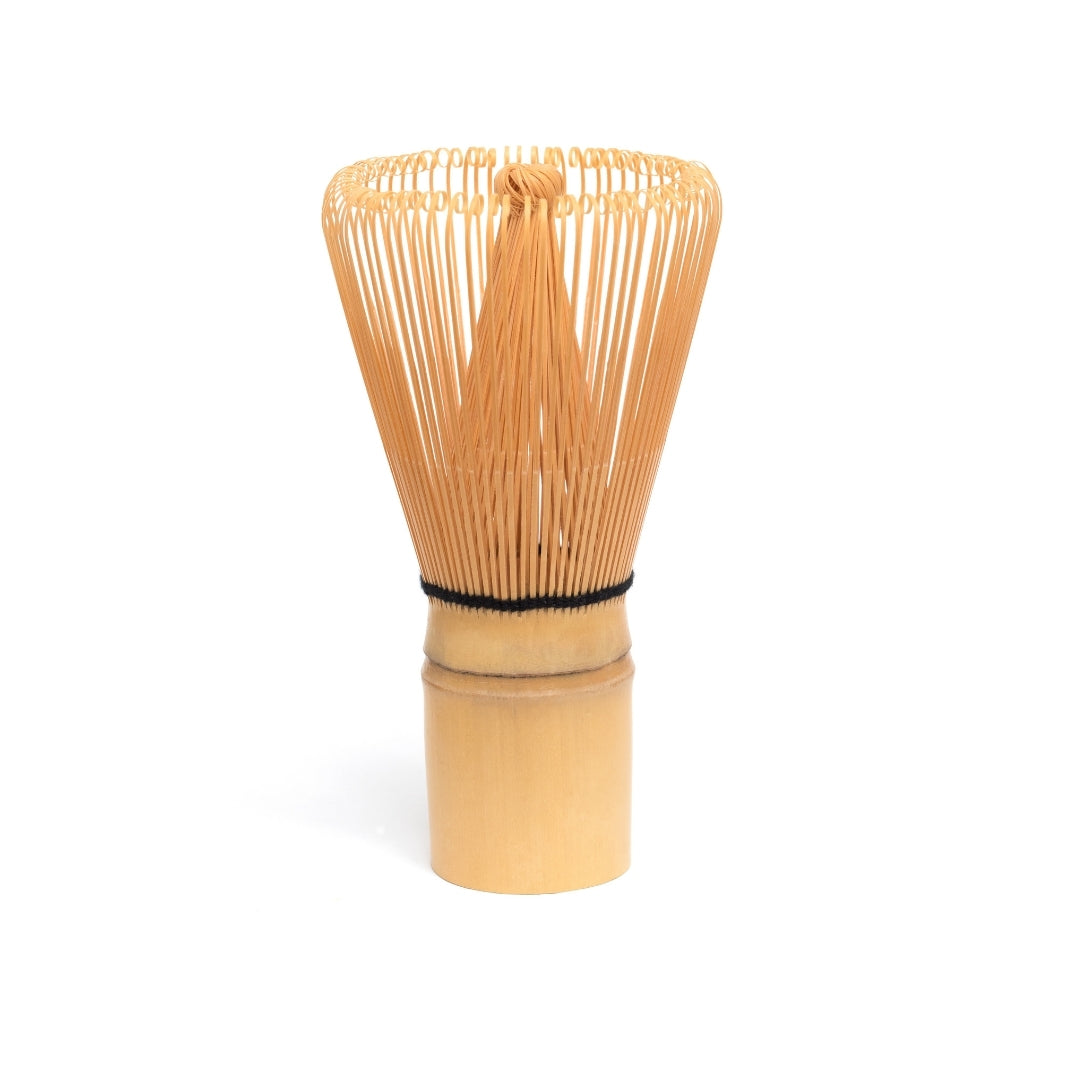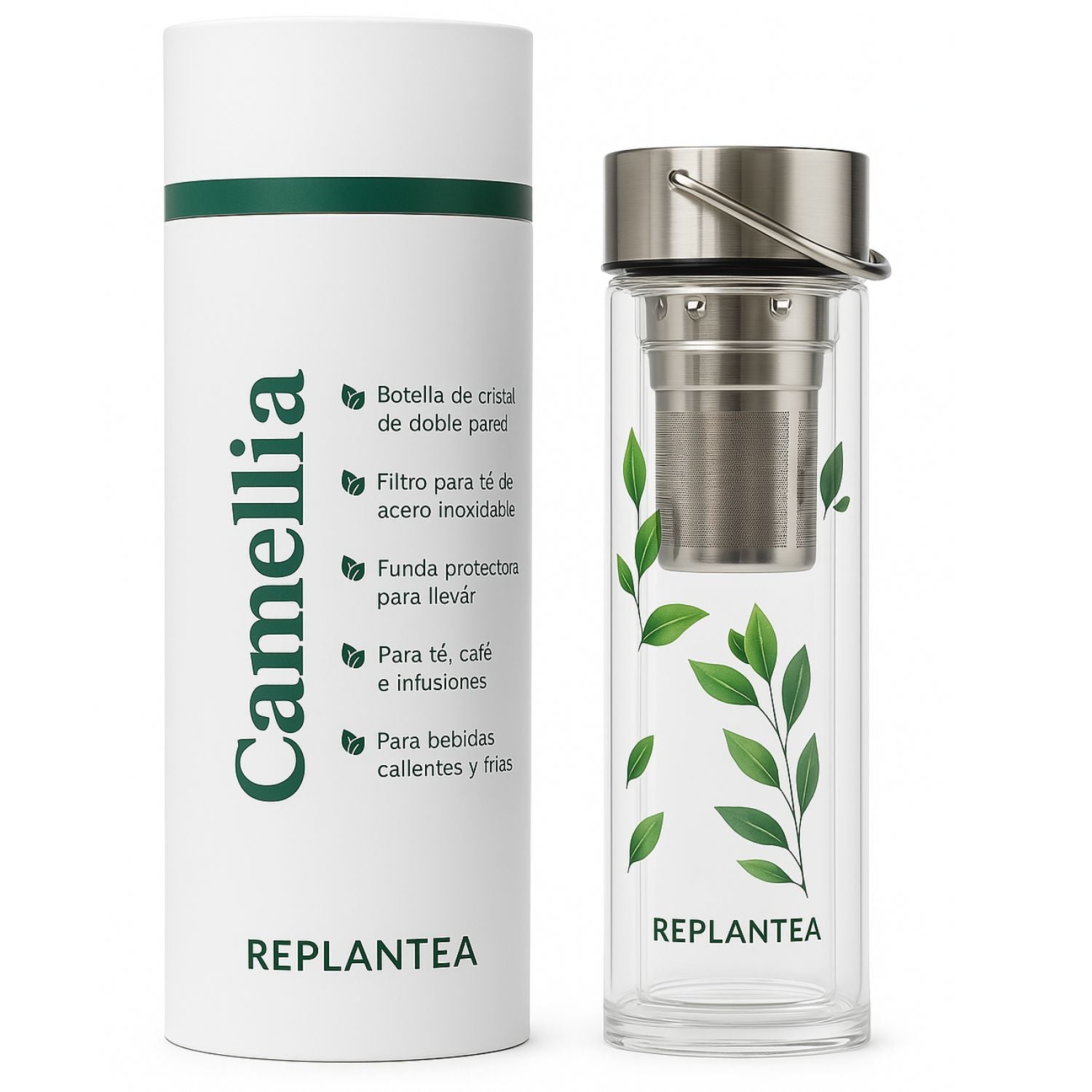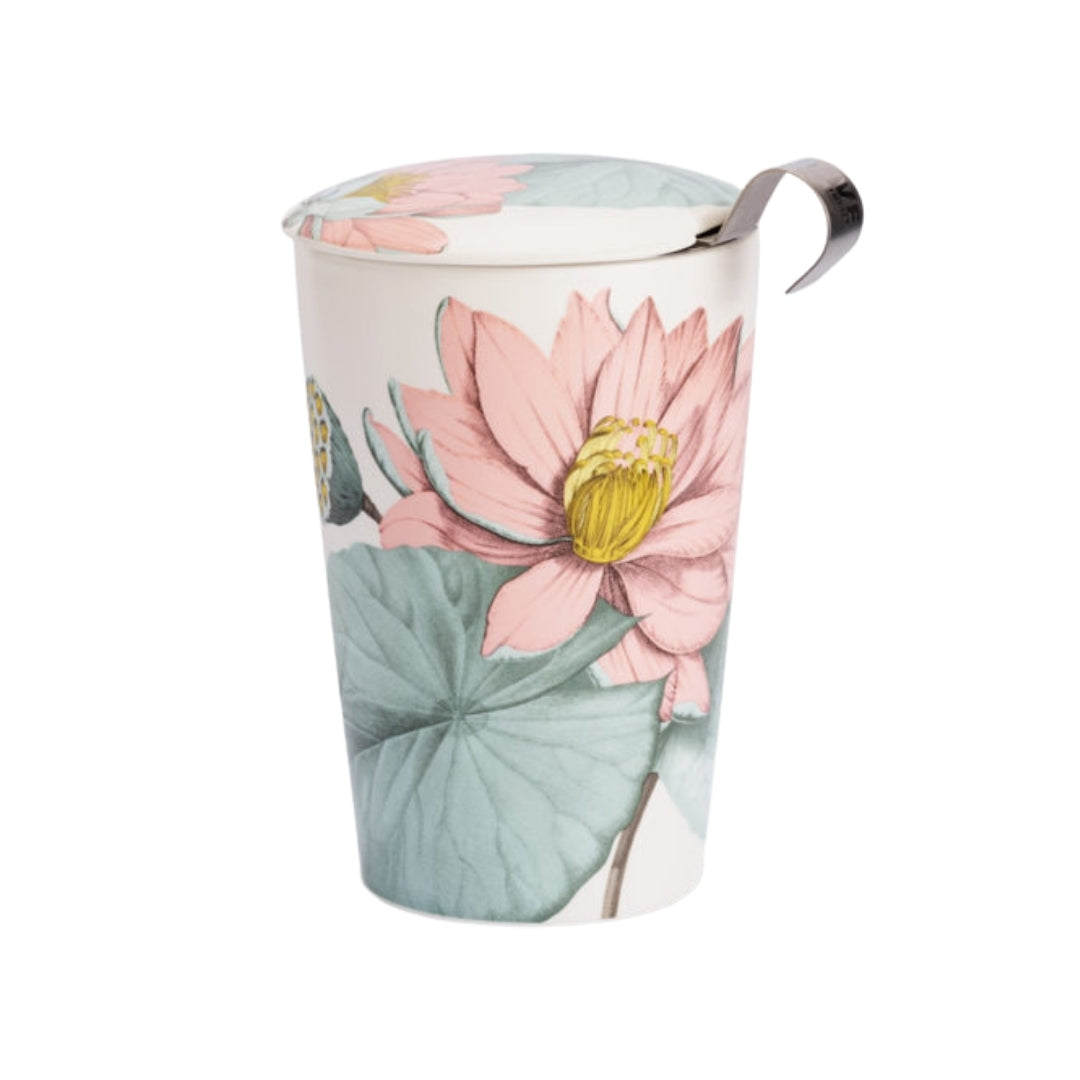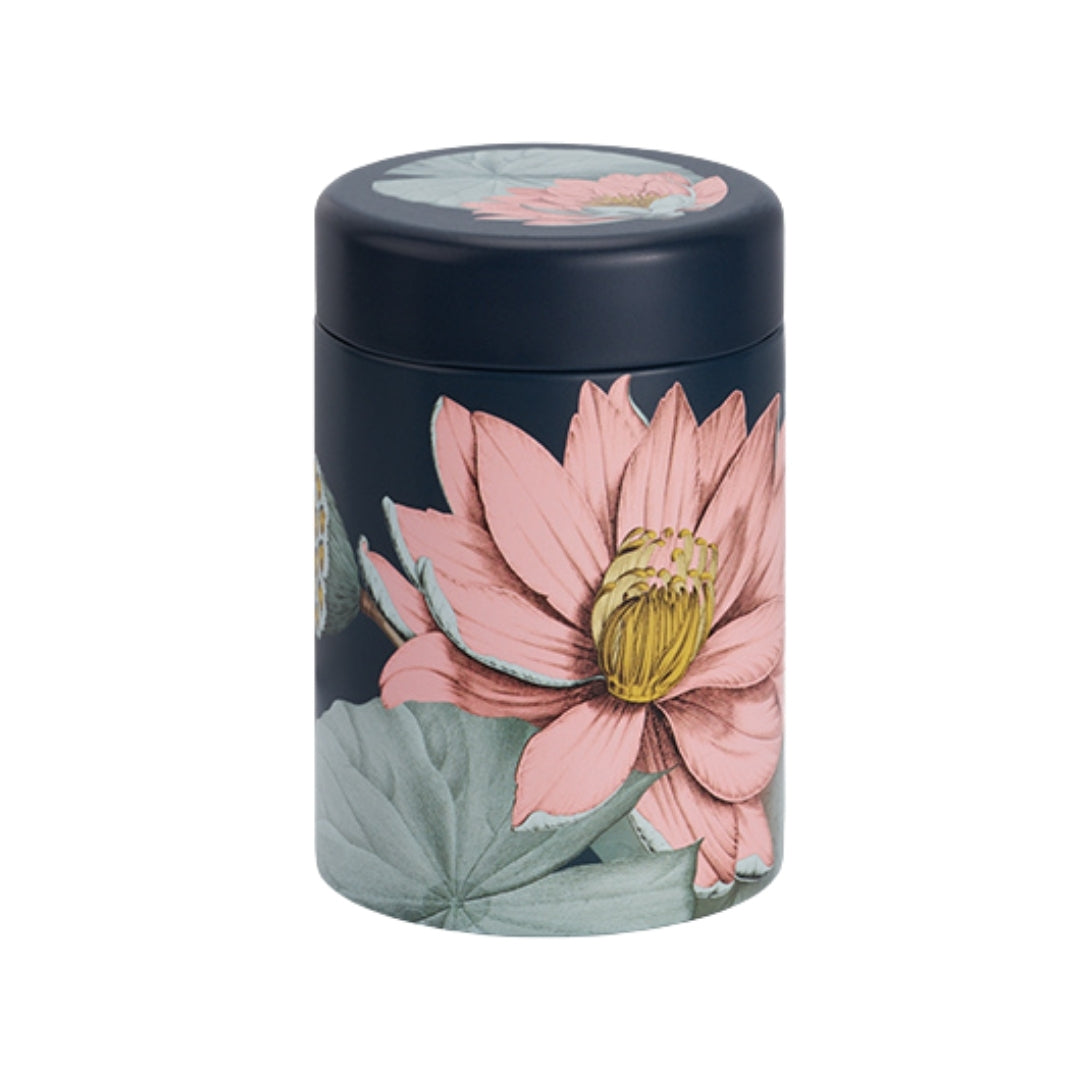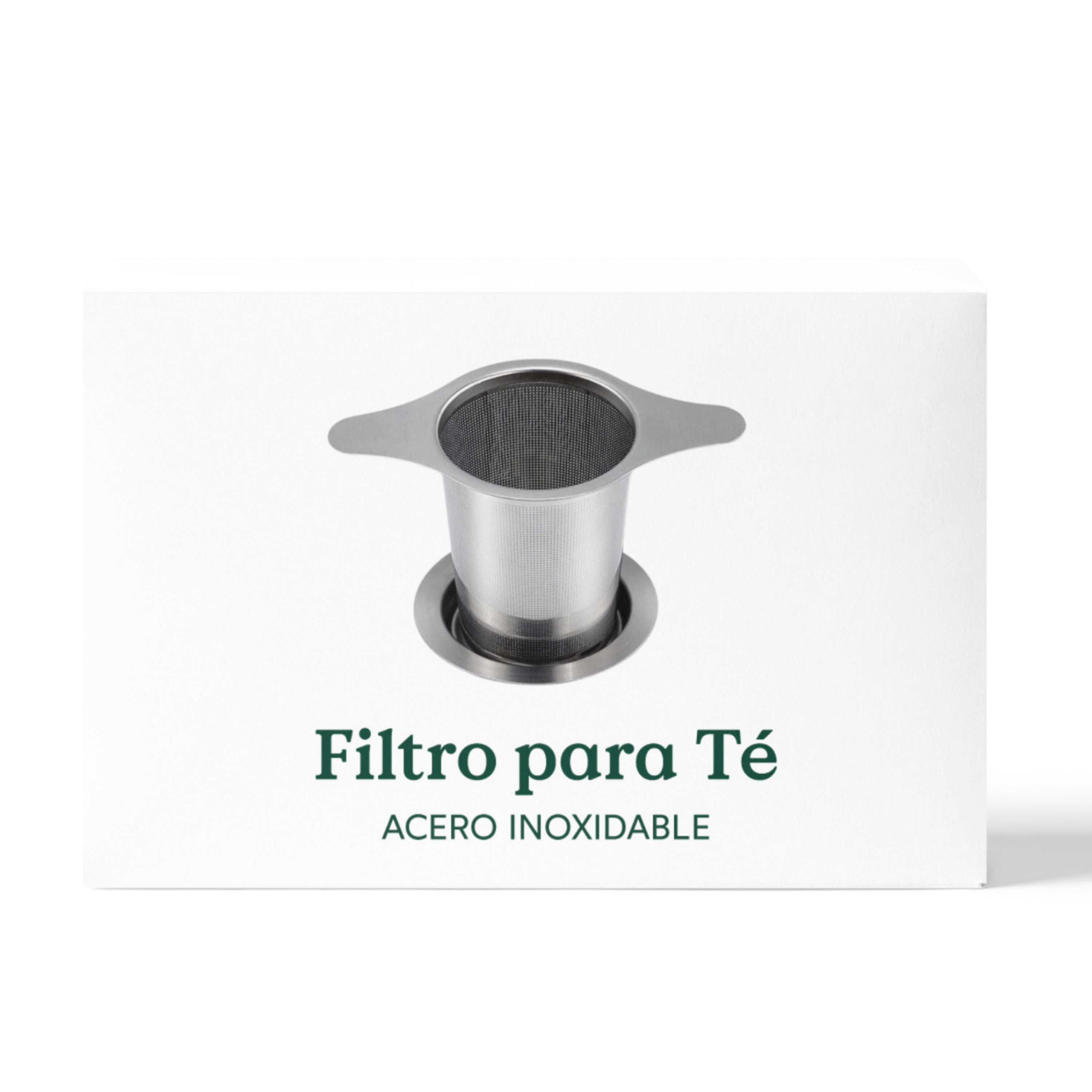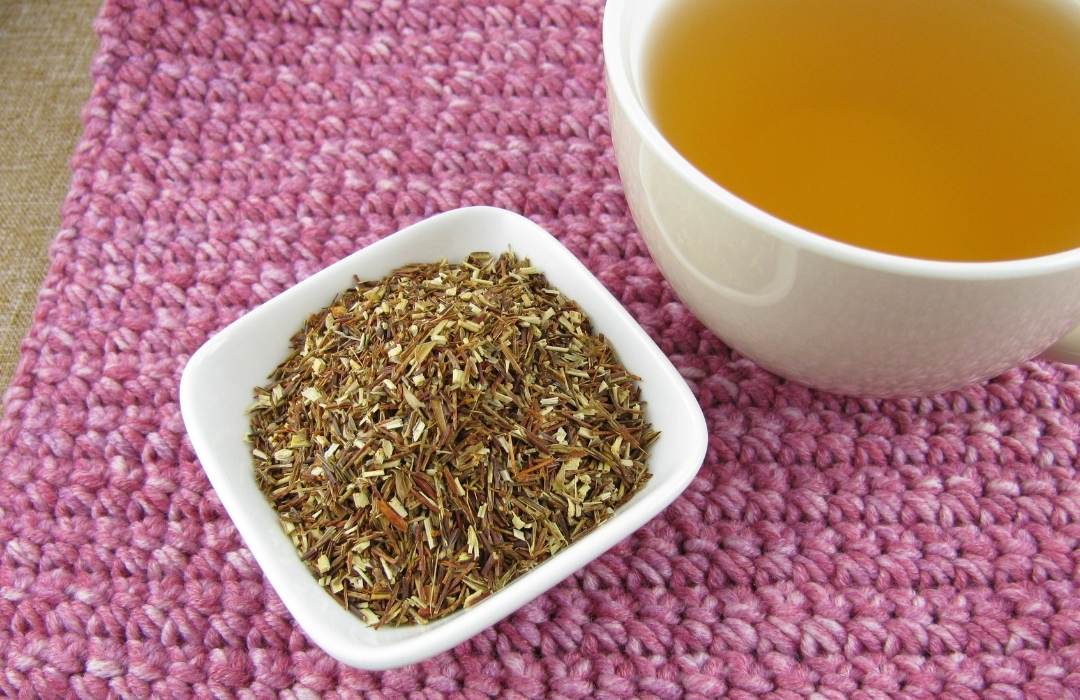
Green Rooibos: Benefits and Differences with Red Rooibos
Rooibos is a tea made from a plant grown in South Africa. The most common and widespread type is oxidized red rooibos. However, there is also a green type whose leaves are not oxidized. Green rooibos is not only rare but quite novel; it may have higher levels of antioxidants, has a milder, fresher flavor, and is very easy to prepare. Sounds like a miracle tea? Studies suggest it could be. What's more, producers created it as a caffeine-free alternative to green tea.

Differences between red rooibos and green rooibos
Both green and red rooibos come from the same South African plant, scientifically known as Aspalathus linearis. Red rooibos is a traditional beverage. For its health benefits and pleasant flavor, local people have been harvesting and drying the leaves and stems for centuries. However, it didn't become popular outside of South Africa until the last century, and today it remains less well-known than green or black tea.
On the other hand, green rooibos is a new beverage, and much less widespread than red or conventional rooibos. Today, rooibos tea consumption is not solely related to medicinal purposes. This plant is an ingredient in hundreds of delicious blends, so it is increasingly enjoyed for its flavor as well.
Although red and green rooibos share similar health benefits, their chemical composition is slightly different. This is due to the oxidation process. Green rooibos is dried immediately after harvesting to prevent oxidation and preserve more of the leaves' color, flavor, and antioxidants.

RELATED INFORMATION
Differences between green tea and green rooibos
Green rooibos is not a green tea. Only teas made from the leaves of the Camellia sinensis plant can be considered authentic teas: white, green, oolong, black, and red or pu-erh. Green rooibos tea comes from the African Aspalathus linearis shrub. While green tea is grown in more than 70 countries around the world, green rooibos comes exclusively from South Africa. Like green tea, green rooibos undergoes a cooking process that stops the oxidation that darkens the tea and changes its chemical structure.
Both green tea and green rooibos contain high levels of antioxidants and may be beneficial for health. However, the antioxidants they contain are different. Unlike green tea, green rooibos does not contain caffeine. This makes it a non-stimulating beverage that can be drunk before bed and is safe even for pregnant and breastfeeding women. In fact, rooibos is often one of the few herbal teas suitable for babies and children.
RELATED INFORMATION
Green Rooibos Flavor
While many people enjoy the slightly sweet and earthy flavor of rooibos, others may find it too intense. The green variety is less earthy, lighter, and also has a recognizable, delicate sweetness without bitterness. It can be a great choice for those who want to enjoy the benefits of rooibos tea, but with a lighter, less earthy flavor. Both pair well with other ingredients, making them a delicious base for many fruity, floral, and spiced blends. Of all the herbal teas, it is the most similar to green tea in flavor.
Benefits of green rooibos
Antioxidant, antimutagenic, and anti-inflammatory properties are some of the benefits this tea may offer. Rooibos may have the ability to fight free radicals and protect cells from DNA damage. Animal studies show that rooibos is a tea with enormous potential. The results suggest it could play an important role in the fight against skin, liver, colon, and esophageal cancers, diabetes, and obesity.
RELATED INFORMATION
Rooibos antioxidants: aspalathin and notofagin
Only green rooibos can contain a high content of two important antioxidants: aspalathin and nothophagin. Although the red variety has great potential in the treatment of many diseases, green is more abundant in antioxidants. You can think of them like green tea and black tea, both healthy beverages, both made from the same plant, but with different chemical compositions.
Aspalathin, an antioxidant found in the rooibos plant, may help improve glucose and lipid metabolism, making it beneficial for combating obesity, type 2 diabetes, and insulin resistance. Another study showed it may be useful for preventing stress-induced weight loss and may have potential for preventing neurodegenerative diseases.
Nothofagin is a phenolic antioxidant found only in the rooibos bush and the New Zealand red beech. High amounts of green rooibos may be very useful for treating vascular inflammation in diabetics.
How do you prepare green rooibos?
Preparing it is very easy and doesn't require much time or skill. Use one teaspoon of rooibos tea for every cup of water. Brew it for 5-10 minutes in near-boiling water at around 95-100°C. Even if you let it steep for too long, it won't turn bitter, as tea can. To extract more nutrients, you can brew it for longer periods of time over low heat.
Unlike the deep red of red rooibos or the bright yellow-green of green tea, green rooibos is a deep, clear, golden orange. Even the dried leaves are not purely bright green, but have a slight yellow-orange hue.
While red rooibos pairs well with milk, green rooibos is best enjoyed neat. Both are great as iced tea: refreshing, slightly sweet, and caffeine-free.
Where to buy green rooibos?
At Replantea, you can find green rooibos as the main ingredient in one of our best-selling organic infusions: the Happy Stomach Infusion. In addition to green rooibos, it also contains anise, chamomile, rosehip, dandelion, cranberry, fennel, and mint. Only natural, organically grown ingredients.
Share

